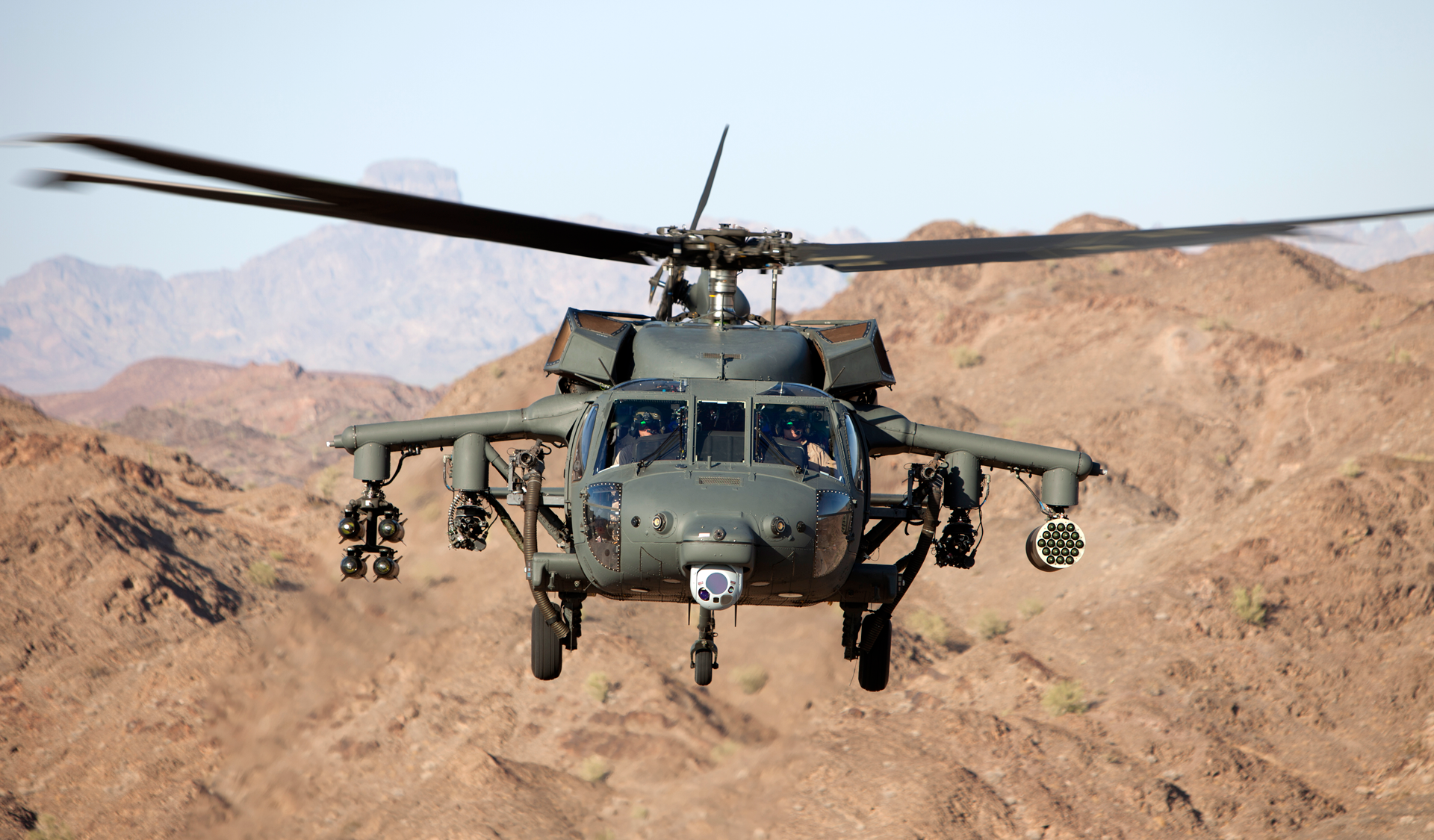Discovering the Thrills and Innovations of the Blackhawk Helicopter
The Blackhawk helicopter stands as a testament to military aeronautics's evolution, merging technical advancements with useful applications. What exists ahead for this famous aircraft, and exactly how will arising technologies form its future in army operations?
Background of the Blackhawk Helicopter
Since its beginning in the 1960s, the Blackhawk helicopter has played a crucial duty in modern armed forces air travel. Developed by Sikorsky Aircraft, the UH-60 Blackhawk was developed to fulfill the united state Military's requirement for a functional utility helicopter efficient in executing a selection of missions, consisting of army transport, clinical evacuation, and cargo airlift. The design was a reaction to the constraints of earlier helicopters, specifically in terms of rate, survivability, and maneuverability.
The Blackhawk made its very first trip in 1974 and soon got in solution in 1979. Its intro noted a considerable advancement in helicopter modern technology, featuring a two-rotor system that enhanced performance and security. The aircraft's sturdy building and construction and progressed avionics allowed it to operate properly in varied environments and conditions.
Throughout the years, the Blackhawk has been continually upgraded, incorporating lessons gained from various battle scenarios. Its implementation in disputes such as the Gulf Battle, Somalia, and the War on Fear more strengthened its reputation as an important possession. The Blackhawk's heritage is characterized by its versatility and resilience, making it a foundation of military aeronautics for decades.
Key Features and Specifications
The Blackhawk helicopter is identified by its durable layout and advanced technical features, which collectively boost its functional capabilities. Created mostly for energy goals, the Blackhawk boasts an optimum departure weight of around 22,000 pounds, permitting it to lug substantial hauls while maintaining agility.
Geared up with 2 General Electric T700-GE-701C engines, the Blackhawk achieves an optimal speed of around 183 knots and a series of 368 maritime miles - Blackhawk Helicopter. Its advanced blades system features a four-blade major blades and a four-blade tail rotor, making sure security and ability to move in different flying problems
The helicopter's cabin can fit approximately 11 soldiers or numerous freight arrangements, showcasing flexibility in goal accounts. In addition, the Blackhawk is made with advanced avionics, including digital trip controls and a thorough cabin display screen, boosting pilot situational awareness.
For enhanced survivability, the Blackhawk includes ballistic shield and self-sealing fuel storage tanks. Its ability to run in varied settings, from deserts to icy surfaces, additionally solidifies its online reputation as a reliable system for military and humanitarian procedures alike. The Blackhawk's combination of power, convenience, and strength makes it a keystone of modern aerial capacities.
Advancements in Technology
Technologies in technology have substantially improved the capabilities of the Blackhawk helicopter, guaranteeing it stays at the forefront of armed forces aeronautics. One of the most remarkable innovations is the integration of advanced avionics systems, which offer improved situational recognition with real-time data processing and screen. This modern technology allows pilots to browse intricate atmospheres better, enhancing mission success prices.

Furthermore, the introduction of electronic fly-by-wire systems has changed visit this website the control devices of the Blackhawk, offering smoother handling and increased responsiveness. Jointly, these technological innovations guarantee that the Blackhawk helicopter remains a vital asset in modern armed forces procedures.
Functions in Military Procedures
With advanced modern technology improving its abilities, the Blackhawk helicopter plays a complex function in armed forces operations. Largely, it is utilized for army transport, allowing rapid deployment and extraction of workers in numerous battle scenarios. Its roomy cabin can suit as much as 11 troops, making it a crucial property for massive objectives and special operations.
Additionally, the Blackhawk functions as a medevac platform, furnished to transport injured soldiers promptly and successfully from the battlefield to medical facilities - Blackhawk Helicopter. Its convenience prolongs to logistical support, where it brings materials and equipment vital for sustaining army procedures in remote areas

The helicopter is also critical in reconnaissance objectives, supplying aerial surveillance and intelligence-gathering capabilities. Its ability to run in varied environments-- ranging from city settings to extreme surfaces-- additional solidifies its significance on the combat zone.
In Addition, the Blackhawk can be outfitted with advanced weaponry, enabling it to involve sites in battle and provide close air assistance. This adaptability underscores the helicopter's essential role in modern military strategies, making it an important part of armed forces worldwide.
Future Developments and Innovations
Developments in modern technology promise to usher in a brand-new age for the Blackhawk helicopter, improving its capabilities and operational efficiency. Future developments for the Blackhawk may include enhancements in avionics, such as innovative trip control systems and improved situational understanding tools powered by man-made knowledge.
Additionally, the integration of unmanned systems is on the horizon, potentially enabling manned-unmanned teaming procedures that can expand mission accounts and minimize danger to personnel. The Blackhawk's style is also anticipated to integrate lighter and stronger products, boosting fuel performance and total performance.

Final Thought
In conclusion, the Blackhawk helicopter represents a considerable achievement in military aviation, defined by its adaptability and advanced technological functions. Its historic evolution reflects a regular reaction to operational requirements, improving abilities in various functions such as troop transport and medevac operations. Continuous innovations, including the combination of expert system and hybrid-electric propulsion, promise to more reinforce the Blackhawk's effectiveness and importance in future armed forces interactions, guaranteeing its status as an important possession on the battleground.

With sophisticated modern technology improving its capacities, the Blackhawk helicopter plays a complex duty in army operations. (Blackhawk Helicopter)